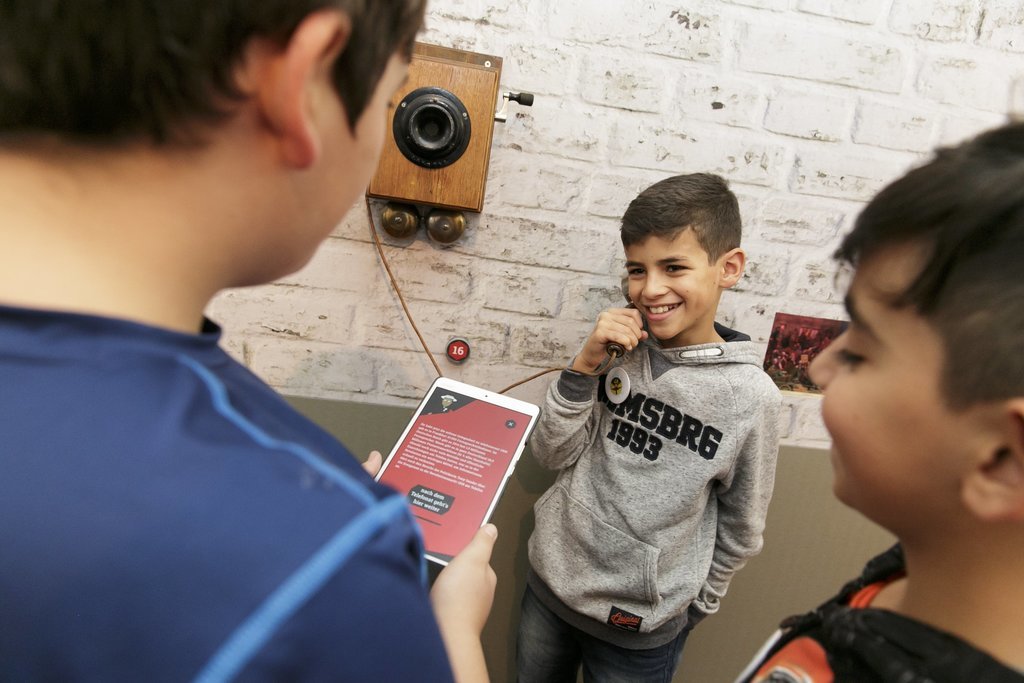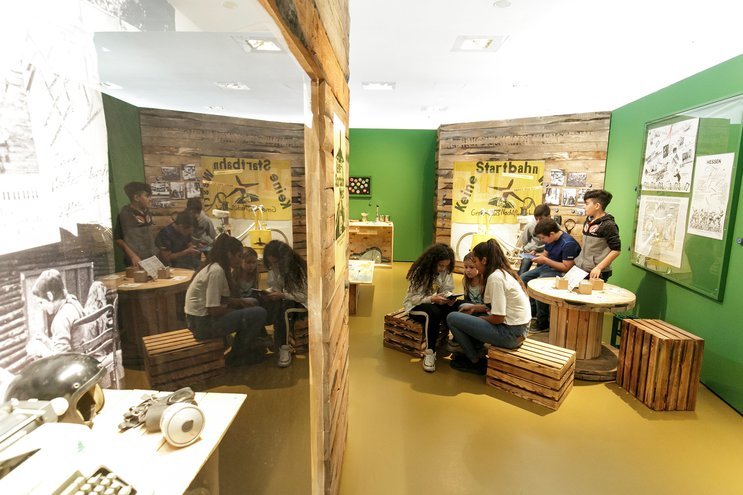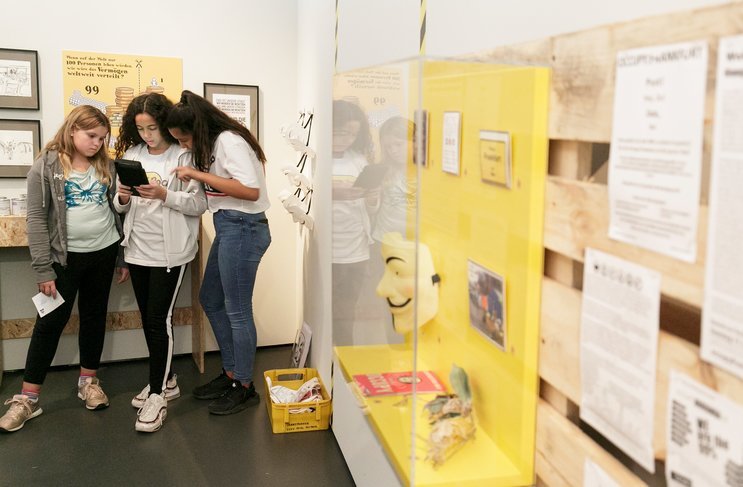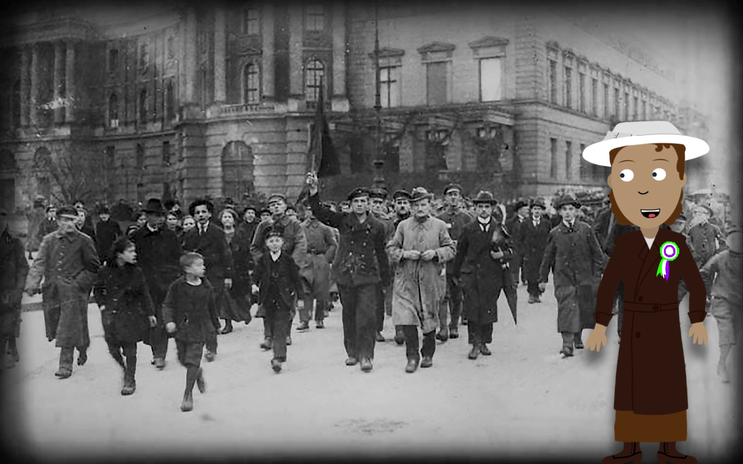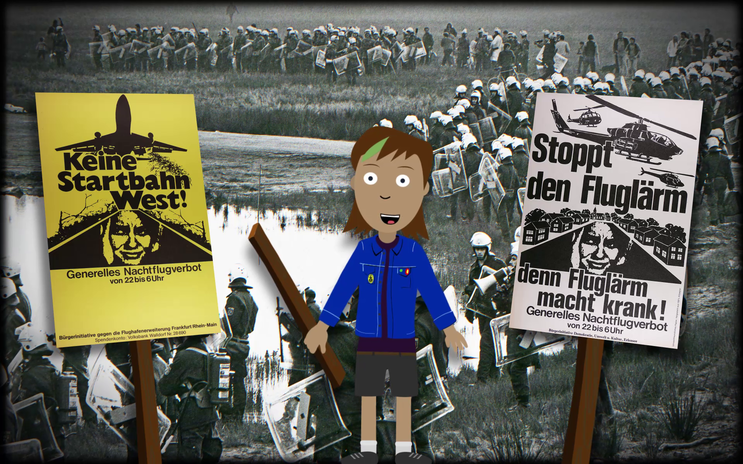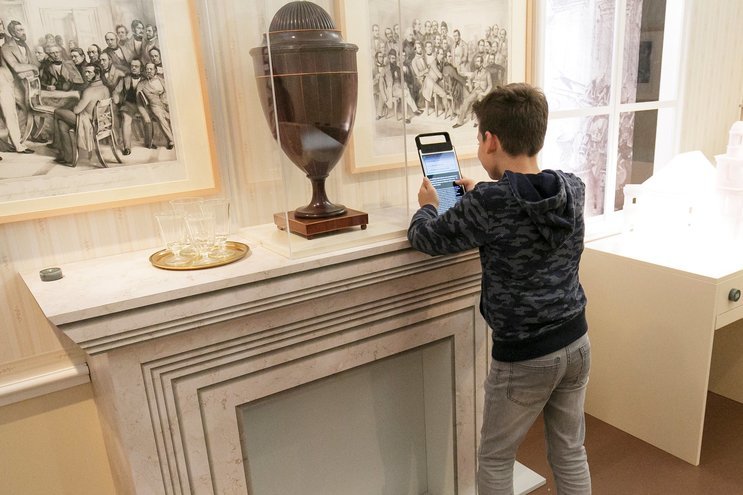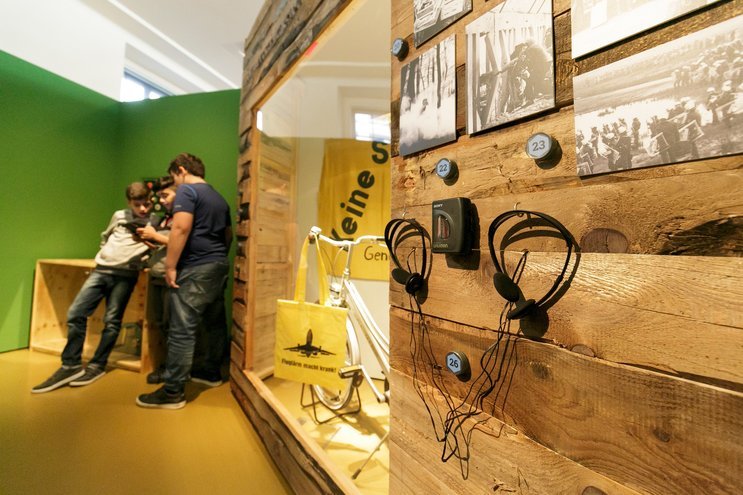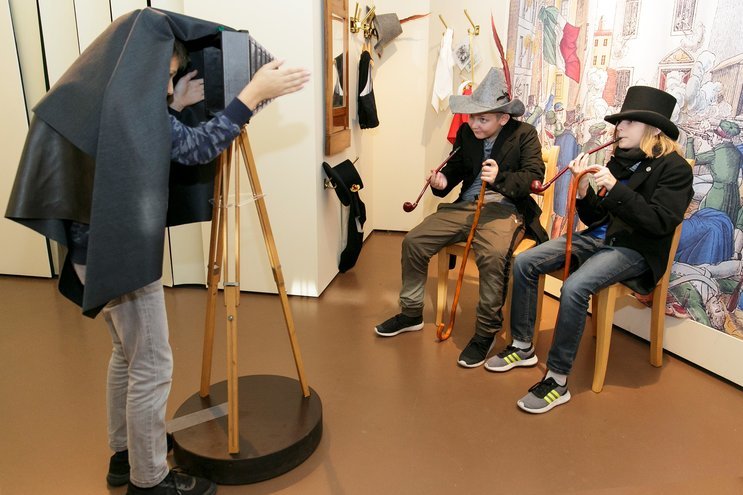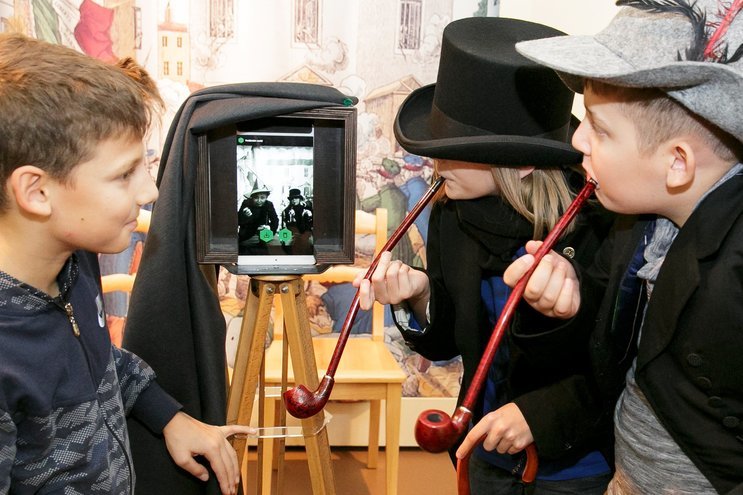For the temporary exhibition “Opposed! Agreed? Revolution. Making. History” at Junges Museum Frankfurt, we developed a digital experience in four thematic areas. Customized tablet computers act as a central tool to access physical exhibits, animations, text, images, games, and instructions which complement the exhibition. In line with the scenography by Exposition and graphics by Hausgrafik, a coherent experience tailored to a young audience was created.
A Journey Through Time and Space
All Follow Ava
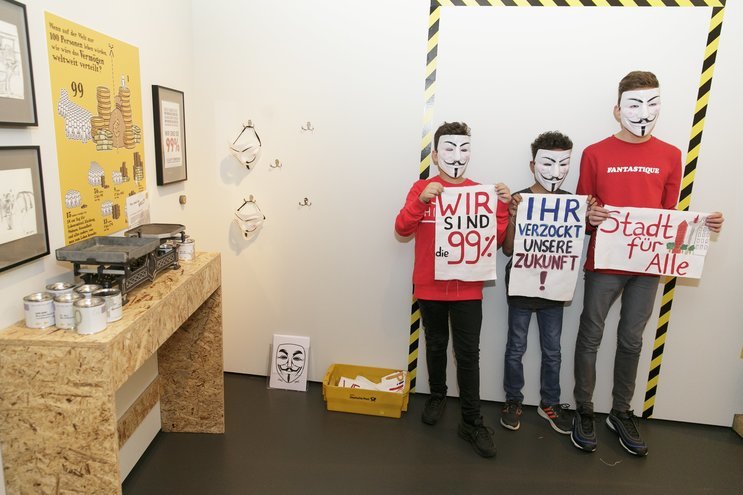
We often tend to forget that democracy, freedom of speech and the right to vote were hard fought for in the past. Still today, people in many parts of the world don’t have these priveledges. The temporary exhibition “Opposed! Agreed? Revolution. Making. History” aimed at children and adolescents highlights the importance to speak up and actively shape the society we want to live in.
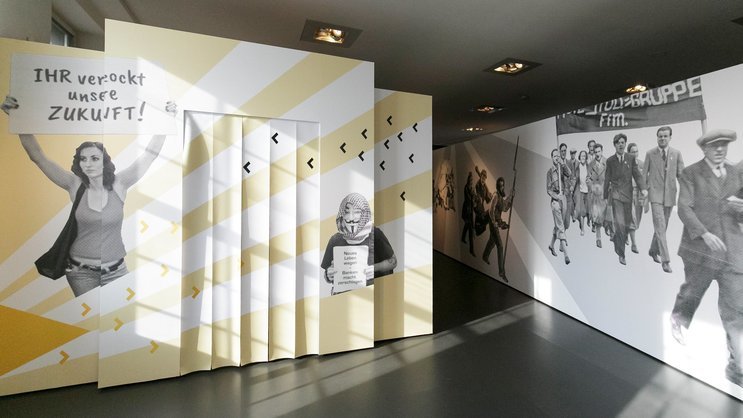
The show is devided into four sections, each dealing with a differnt historical protest movement connected to the city of Frankfurt: the events of 1848 prior to the election of the German National Assembly; the revolution of November 1918 at the end of the First World War; the conflict in 1980 over the construction of the airport runway Startbahn 18 West and the Occupy camp in front of the European Central Bank in 2011.
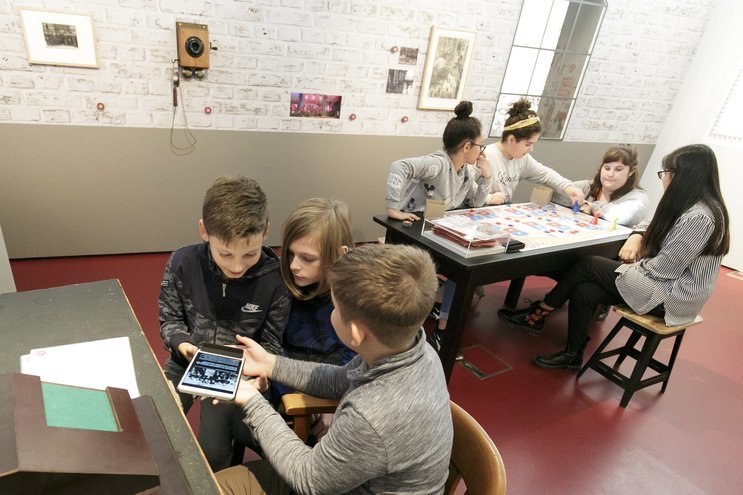
A consistent narrative leads through each thematic area, explaining the causes, the course, and the effects of the individual events. Original objects are combined with media, games, and interactive stations, both analogue and digital. In this way, the young visitors discover the protest movements and their protagonists step by step with the possibility to access detailed information along the way.
In close collaboration with the curators, Exposition, and Hausgrafik, we developed a general media strategy, created all digital content, and were responsible for the customization and implementation of hardware. For this task, storytelling, design, and technical rollout had to smoothly go hand in hand.
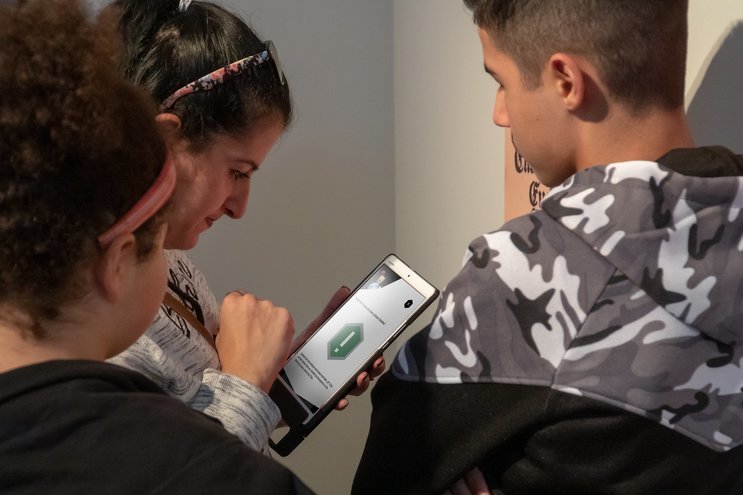
The flow of visitors through the four self-contained rooms is regulated via the digital storytelling. Clear indications direct towards the individual sections chronologically.
The animated character, Ava, leads through the epochs, explains historical contexts, and invites the visitor to participate. We produced the film material from concept to realisation, covering image, sound, and content creation.
Tablets as Time Machines
Media Strategy
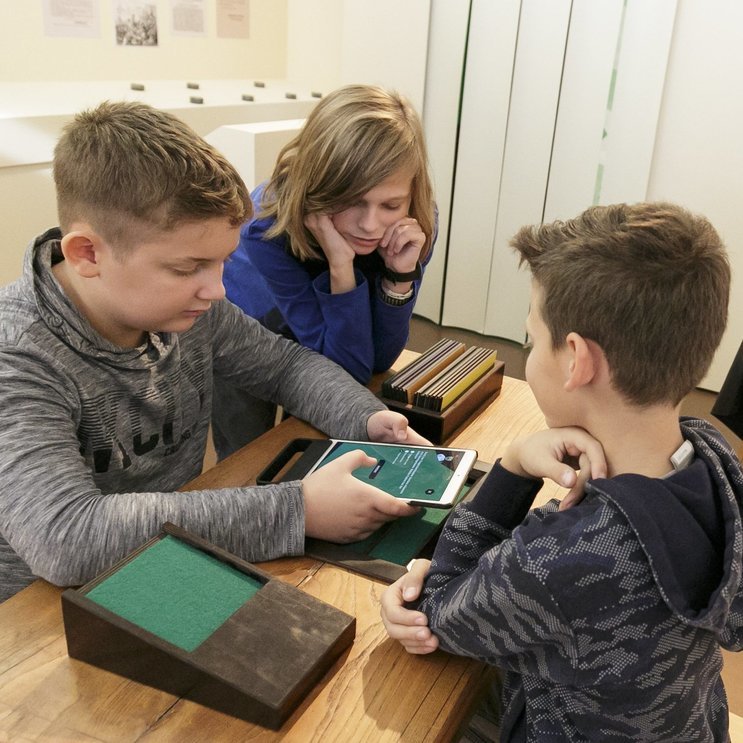
Tablet computers play a key role in the communication strategy. Every visitor receives a tablet at the entrance of the exhibition. They guide through the exhibition, connect all topics in a consistent narrative, display information and additional media on the exhibits, and act as the device for games and interaction.
With an individual and a group setting available, they can be adjusted to the needs of the visitors and encourage conversation and engagement rather than isolated media consumption.
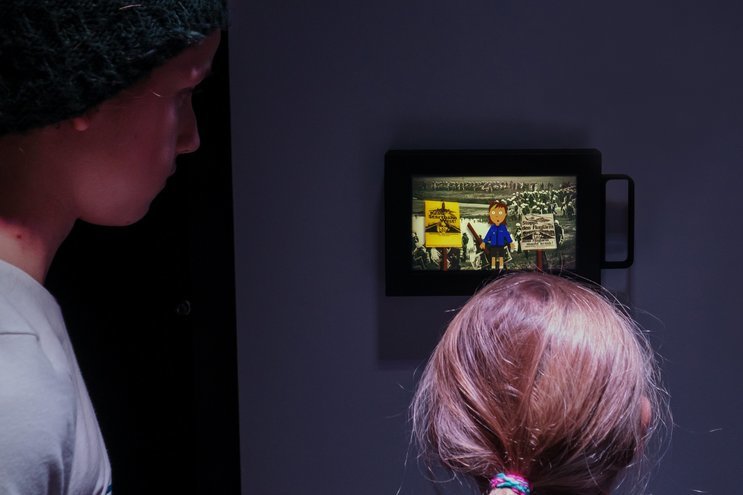
The tablets guide the visitors in one of the four seperate areas. They are entered through a “time tunnels”, where short films offer an introduction to the following historical event. The films start as soon as the tablet is pushed into a wall-mounted frame and are accompanied by light effects and external speakers.
By fitting physical exhibits with NFC tags, visitors can access related media on the specific topic. When placing the tablet on the tag, background information in the form of texts or pictures appear. We also integrated sound and interactive elements like quizzes to encourage active participation. The combination of historical objects and media creates a both authentic and informative dimension.
A number of stations use the tablet in a physical framework, thereby connecting hands-on activities with digital content or utilizing the operating principle of various historical media. Our digital framework made it very cost effective to jump between different contemporary and historic media.
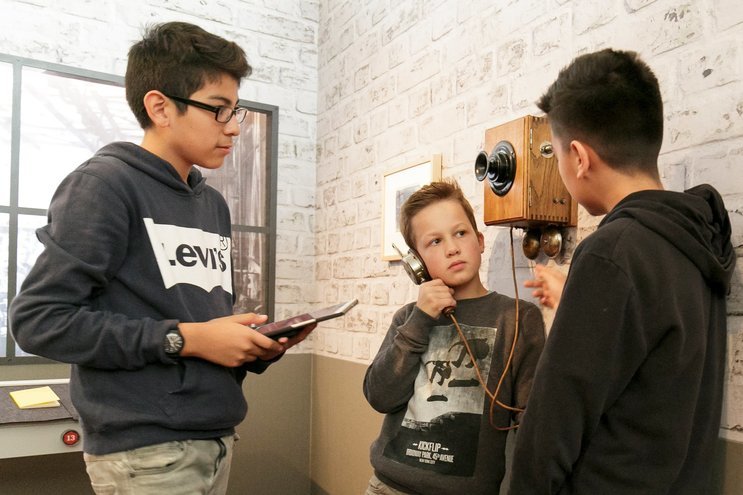
A historical telephone becomes the output device to access audio material. While maintaining the original casing and receiver, modern technology is placed inside connecting the object to the exhibition’s digital infrastructure. On picking up, the audio is played. Additional information appears on the tablet.
In the setting of a nineteenth-century photo studio, visitors can slip into the role of different characters. The tablet turns into a photographic plate once inserted into an historic large format camera. Dressed up and equipped with thematic requisites, visitors can document their visit in a black-and-white picture downloadable on finishing the exhibition parcours.
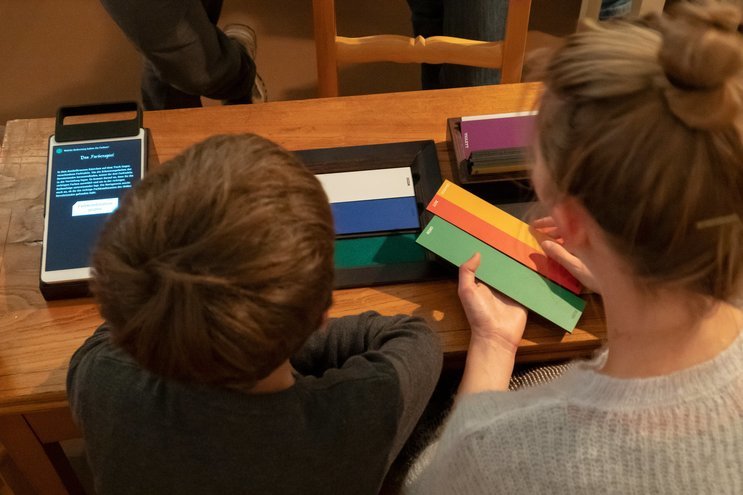
Flags play an important symbolic role in the identity of movements and alliances. In this game, players combine coloured plates to recreate a number of historical and current flags. The tablet serves as the control panel, setting tasks and indicating if the combination matches the original or not.
The sailors’ revolt in Kiel towards the end of the Second World War can be experienced from the perspective of a radio operator. Combined with a historic Morse key, the tablet works as a communication device for receiving and sending Morse code messages.
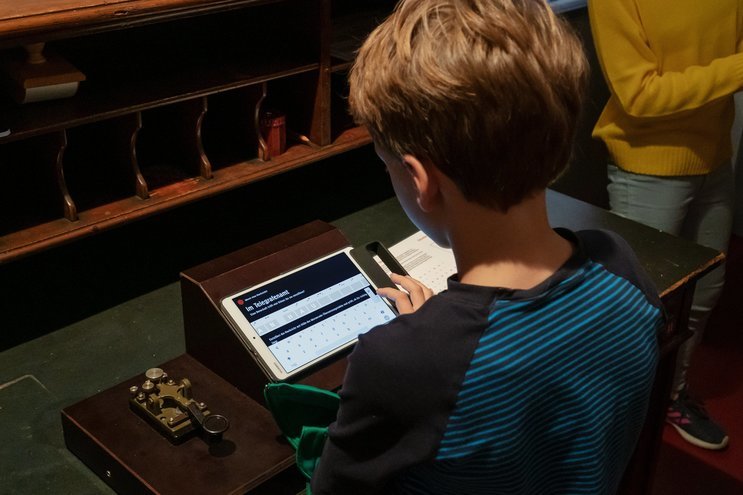
Technology for Participation
Content Creation and Product Design
The scope of our work started with developing a general storytelling principle for digital content and lead up to the implementation of all hardware components.
The tablets, the central interaction tool, rely on cost-efficient standard devices combined with custom hardware. Tailored to the demands of the young audience, they are robust and easy to handle as well as versatile in their application possibilities.
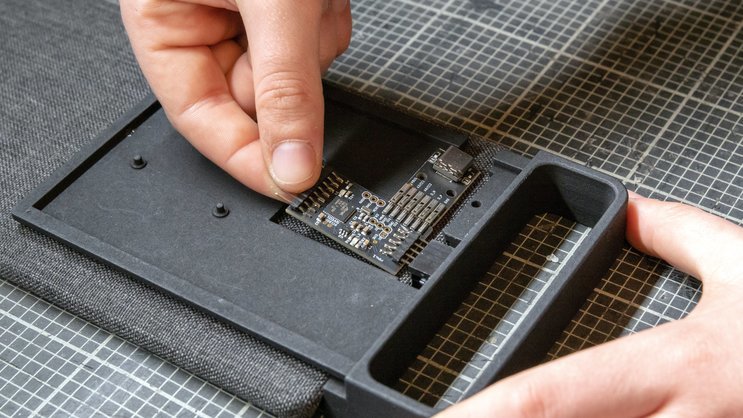
Mounting of the PCBs
© MESO / Constantin Urban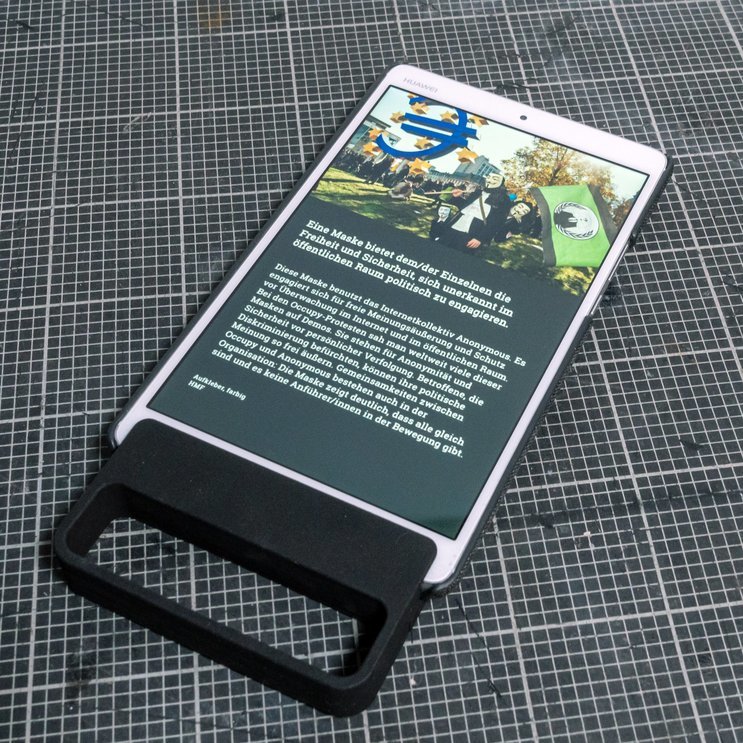
The tablets run a bold and simple user interface based on exclusively developed software.
For a number of interactive stations, we created exhibits connected to historical instruments or combined them with objects inspired by antique designs.
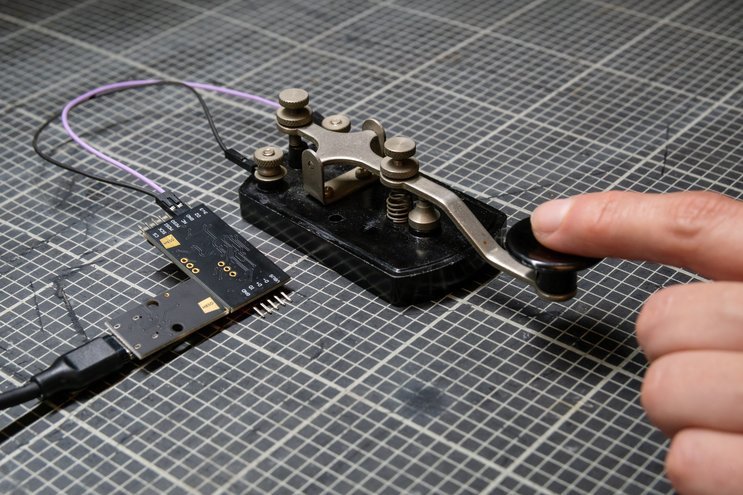
Prototype of the Morse key
© MESO / Constantin Urban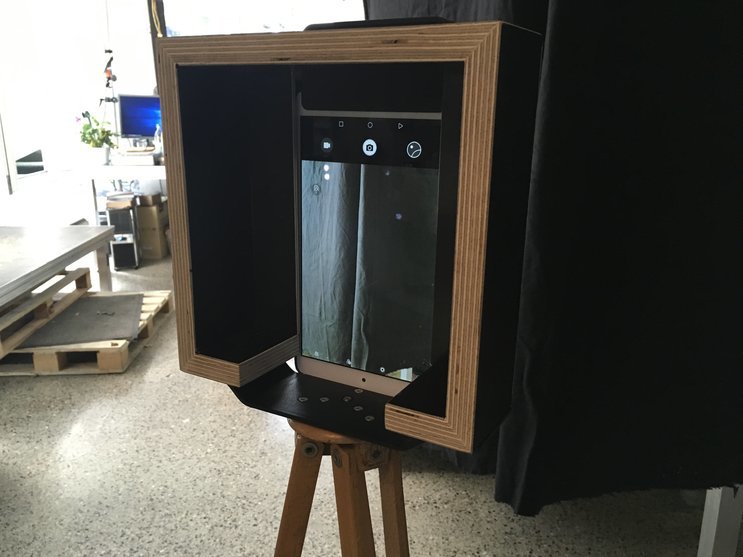
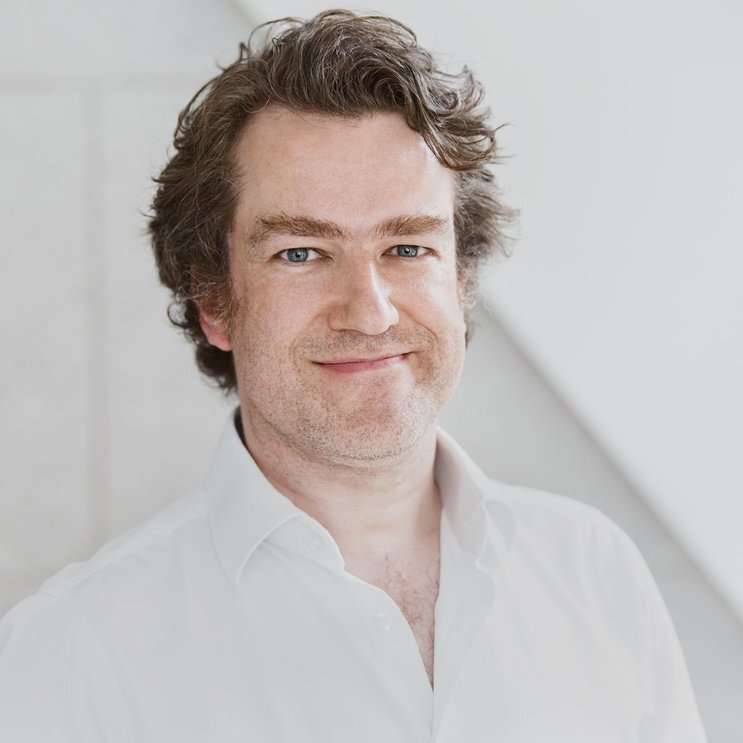
Curious about our approach? Feel free to get in touch!
Max Wolf Partner +49 69 24 000 322 max.wolf@meso.design max.wolf@meso.design +49 69 24 000 322
MESO Digital Interiors GmbH
Gutleutstr. 96 . 60329 Frankfurt . Germany
Team
Klaus Texter, Sarah Schmid, Anna Rack, Nina Dauer, Timon Skerutsch, Alex Leask, Alexander Teczar, Constantin Urban, Bettina Braun, Daniel Rese, Urs Hoffmann, Nina Kömpel, Pia Scharf, Steffen Weitz, Olga Zimmermann, Nikos Mechanezidis, Fabio Thiel, Alec Woodward Mitchel
